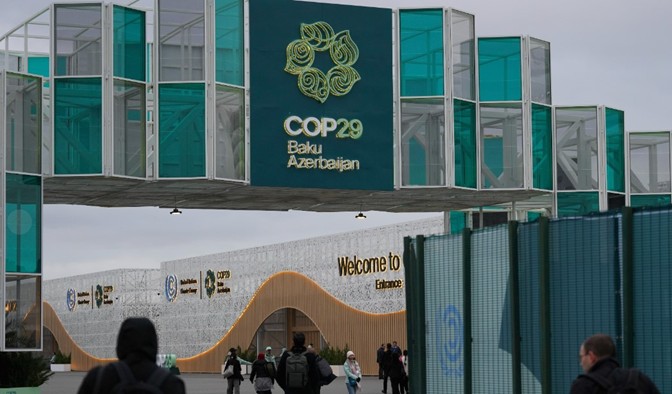
The Deal: $300 Billion Annually by 2035
Rich nations have committed to pooling at least $300 billion a year by 2035 to help developing countries address climate change. While this falls far short of the $1.3 trillion that developing nations had sought, there is hope that the deal will pave the way for additional funding over time. The agreement encourages using both public and private sources of finance, with the aim of eventually reaching the $1.3 trillion target.
The finance is intended to help countries implement ambitious climate goals by enabling regular updates to emissions targets, in line with the Paris Agreement's objective of keeping global temperature rise well below 1.5°C.
What Will the Money Be Spent On?
The funds will be used for various climate-related efforts in developing countries, including:
- Transition to Clean Energy: Support for switching from fossil fuels to renewable energy sources, such as wind and solar.
- Adaptation to Climate Impacts: Funding to prepare for and respond to extreme weather events like floods, hurricanes, and wildfires. This includes building resilient infrastructure, improving farming practices, and preparing communities for climate-related disasters.
- Support for Vulnerable Communities: The deal also focuses on helping countries hit hardest by climate change, such as the Philippines, which has faced extreme weather events, causing massive damage to homes, infrastructure, and agriculture.
The Difficulty in Reaching an Agreement
The final deal was hard to achieve due to several factors:
- Geopolitical Tensions: Changing leadership in countries like the U.S., with Trump's recent victory and the promise to withdraw from the Paris Agreement, complicated negotiations, particularly between major powers like China and the EU.
- Internal Disagreements Among Developing Nations: Some developing countries felt excluded from key discussions, particularly those involving small island nations, which led to delays and tension during the talks.
- Poor Leadership: Many activists and negotiators criticized the COP29 presidency for being poorly led and chaotic, which contributed to the slow progress and frustration among participants.
A Step in the Right Direction?
While the deal is not perfect, many experts see it as an important step toward addressing the global climate finance gap. The agreement builds on the existing $100 billion-a-year target set 15 years ago, but it remains to be seen whether future negotiations can ramp up the ambition and commitment needed to fully tackle the climate crisis. As Li Shuo from the Asia Society noted, the opportunities presented by a green economy make inaction increasingly untenable, highlighting the need for continued progress.
In conclusion, while the funding deal reached at COP29 is a crucial start, it's clear that much more needs to be done to address the scale of climate change, and the path forward requires overcoming deep geopolitical divisions and ensuring robust financial commitments.